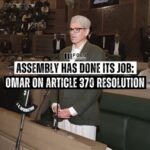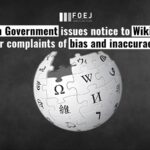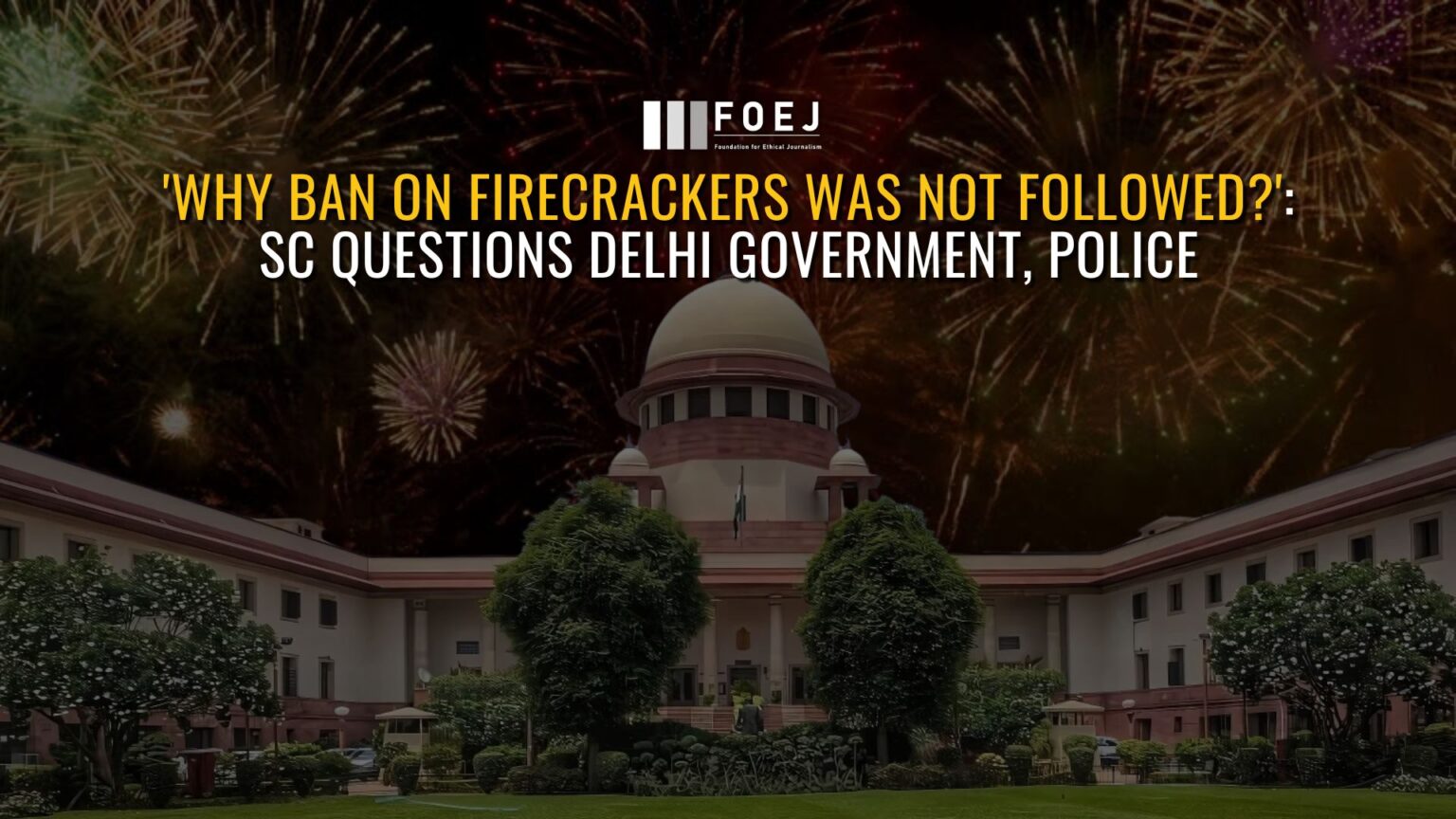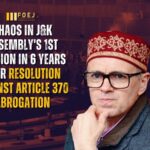The Supreme Court on Monday interrogated the Delhi government and police regarding the lack of enforcement of the firecracker ban during Diwali, particularly in light of the ongoing severe air pollution in the national capital. The court has demanded a response from both the Aam Aadmi Party (AAP) government and the Delhi police about the violations of this ban.
The court stated that a chaotic situation arises if pollution from firecrackers is not effectively managed. It requested the Delhi government and police to outline the measures being implemented to prevent such failures in the future.
The Supreme Court on Monday interrogated the Delhi government and police regarding the lack of enforcement of the firecracker ban during Diwali, particularly in light of the ongoing severe air pollution in the national capital.
The court has demanded a response from both the… pic.twitter.com/buhBaeB9ft
— FOEJ Media (@FoejMedia) November 4, 2024The Supreme Court bench said, “Some strict action, such as sealing of premises, needed against those violating firecrackers ban in Delhi.” It added, “We need to do something so that court orders on firecrackers are not violated during Diwali next year.”
The court also suggested that the state consider implementing a permanent ban on firecrackers in Delhi, extending beyond festival periods. Additionally, it requested responses from Punjab and Haryana regarding the increase in farm fires during Diwali, as reported by the Centre for Science and Environment.
The Supreme Court ordered all parties to submit their responses within a week and scheduled the next hearing for November 14. This directive follows reports of widespread violations of the firecracker ban in Delhi during Diwali, which contributed to a thick layer of smog and a significant drop in air quality to severe levels in several areas the day after the festival.
On November 1, the day after Diwali celebrations in the capital, Delhi’s air quality index fell into the ‘severe’ category, as reported by SAFAR. In several areas, levels of harmful particulate matter soared to seven times the World Health Organization’s safety limits.
The air pollution crisis in Delhi intensifies each year after October, as the burning of crop residue in neighboring states coincides with cooler temperatures that trap harmful smoke. This smoke drifts into New Delhi, resulting in increased pollution levels and exacerbating the public health crisis.








